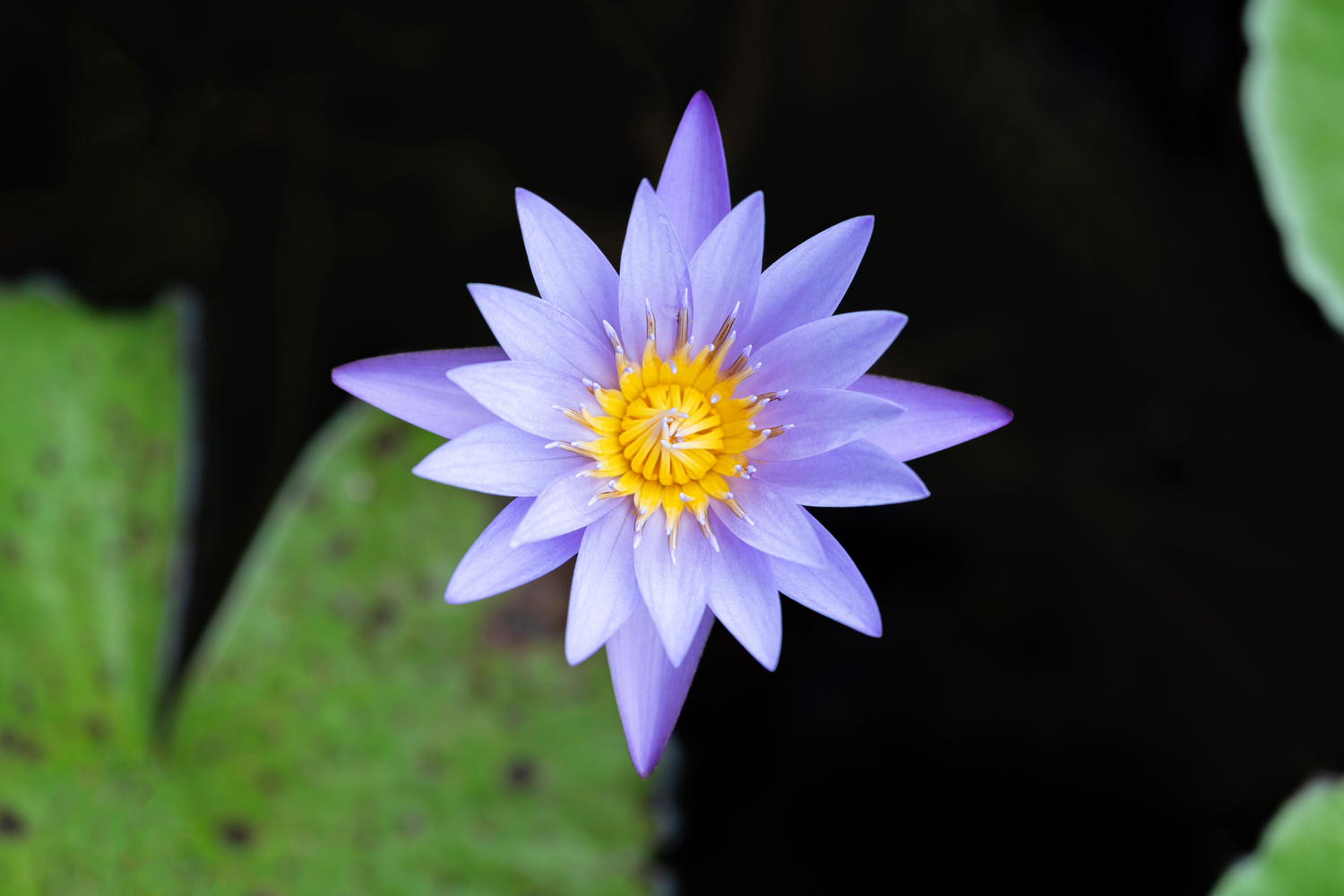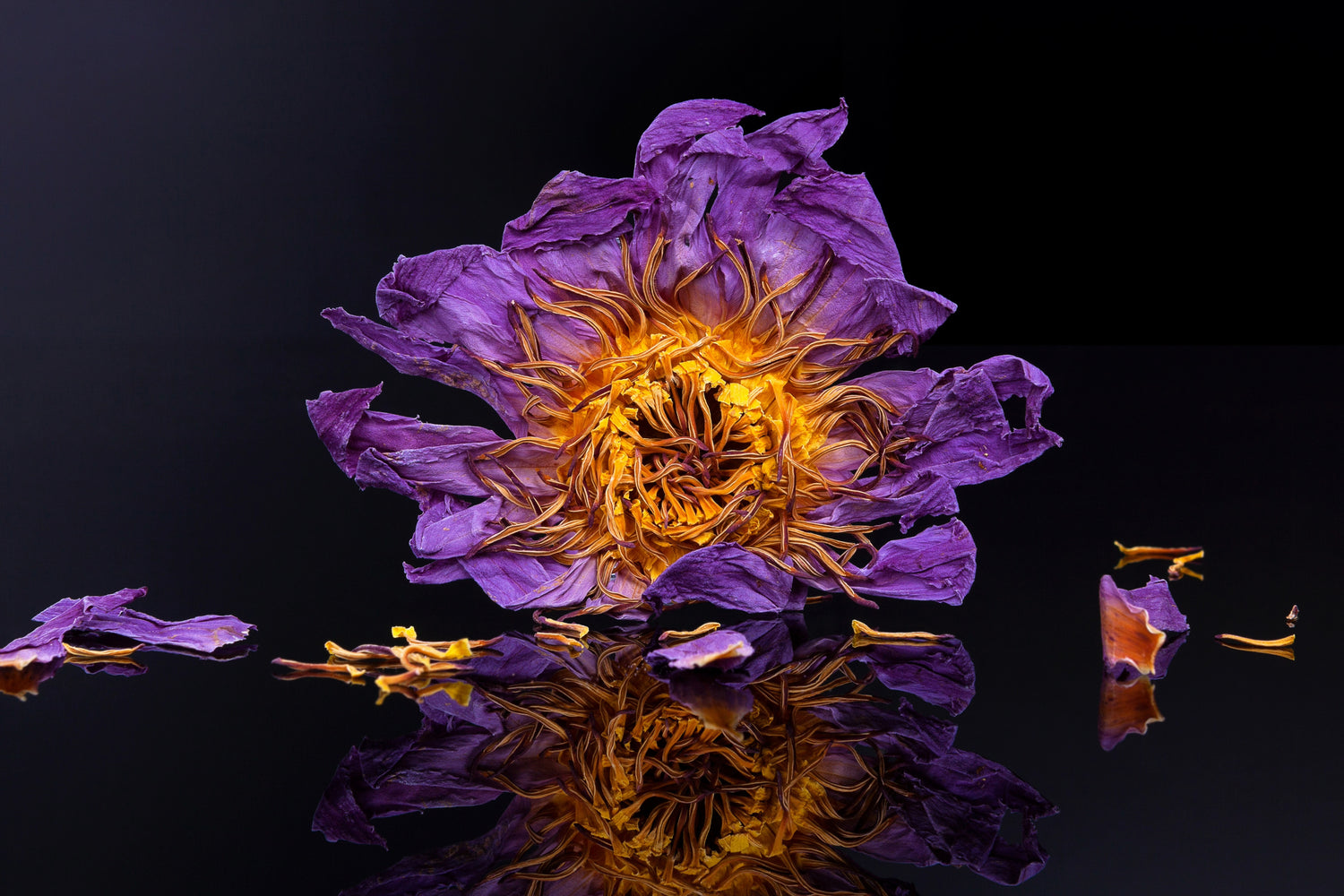
Healing Herbals
White Lotus Loose Leaf
White Lotus Loose Leaf
Couldn't load pickup availability
White Lotus Loose Leaf Tea | Healing Herbals
Something you don’t see every day our White Lotus Loose Leaf Tea. This unique dried flower tea features soft white petals accented with hints of pink and golden pistils. Closely related to the Blue Lotus, the White Lotus is a water lily with its own distinct character. While both share similarities, White Lotus carries a different natural expression that sets it apart.
The tea brews into a smooth, lightly floral cup with a pleasant taste and uplifting presence. Many find it to be a refreshing alternative to more common herbal blends. The photo shown reflects a fresher stage of the petals, though the product you receive is carefully dried and prepared for brewing or long-term storage.
Highlights:
-
Loose leaf tea made from carefully selected White Lotus petals
-
Delicate floral aroma and smooth flavor
-
A unique and rare addition to any tea collection
Elevate your tea ritual with the refined elegance of Healing Herbals’ White Lotus Loose Leaf Tea.
FDA Disclaimer: These statements have not been evaluated by the Food and Drug Administration. This product is not intended to diagnose, treat, cure, or prevent any disease.
Share


Blue Lotus and Quality
Healing Herbals works closely with small family lotus farms and through sustainable and ethical sourcing of Nymphaea caerulea. Our sources always grow organically, avoiding heavy synthetic fertilizers. Our blue lotus flowers come from well-managed farms or sustainably maintained wild ecosystems on private lands.

History of Blue Lotus
Blue lotus, or Nymphaea caerulea, was highly valued in ancient Egypt, appearing in art, jewelry, and temple carvings. Its striking blue flowers symbolized the sun, creation, and rebirth, and it was often included in religious ceremonies along the Nile. The plant’s presence in tombs and artifacts highlights its cultural and spiritual significance throughout Egyptian history.
Over the last 2 thousand years this flower has been cultivated, bred and ecologically diversified to include several known cultivars and varieties including the Purple Thai, Egyptian Blue, and other subvarieties.

